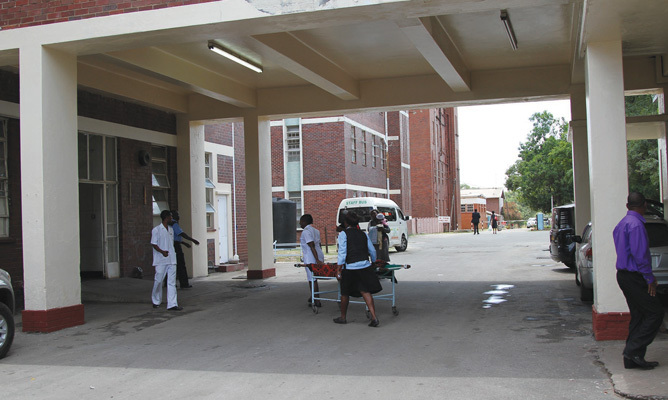By Eric Chiriga
At least one million people — including youth and children — are now on anti-retroviral treatment (Art) in Zimbabwe, up from around 800 000 a year ago, latest statistics have revealed.

Zimbabwe — a largely Christian country with a 13 million-plus population — is among the countries in sub-Saharan Africa worst affected by the HIV and Aids epidemic, according to UNAids.
Speaking at a National Aids Council workshop in Kadoma recently, Tafara Moga, a senior technical advisor at FHI360, said “people living with HIV (PLHIV) on Art increased to 1 029 719 as at March 2017, including 68 246 children.”
FHI360 is a non-profit organization focused on health, education and nutrition, and serves in more than 60 countries.
Moga said it was increasingly getting difficult to get PLHIV on Art, particularly men, using the traditional methods and there was need to come up with more innovative ways, hence the introduction of targeted testing, also referred to as index testing.
Under targeted testing, he said they focus on “geographic hotspots, sub-populations and hard-to-reach areas and sub-populations”.
“Over time, (HIV testing) yields have decreased from 22,7 percent to below nine percent in 2015. To reach the remaining PLHIV, testing strategies need to reach those hard to reach sub-populations and areas and ensure they are linked to care,” he said.
“HIV testing services need to be targeted to maximise opportunities to identify PLHIV. We need to switch to business unusual mode — be innovative,” said Moga, who is a medical doctor.
He said as part of strategies to get more PLHIV on Art, they adopted differentiated service delivery — a client-centred approach that simplifies and adapts HIV services to reflect the preferences and expectations of various groups of people.
Meanwhile, the HIV prevalence among adults 15 years and above stood at 15 percent, according to the Zimbabwe Demographic Health Survey in 2010/11. Daily News






